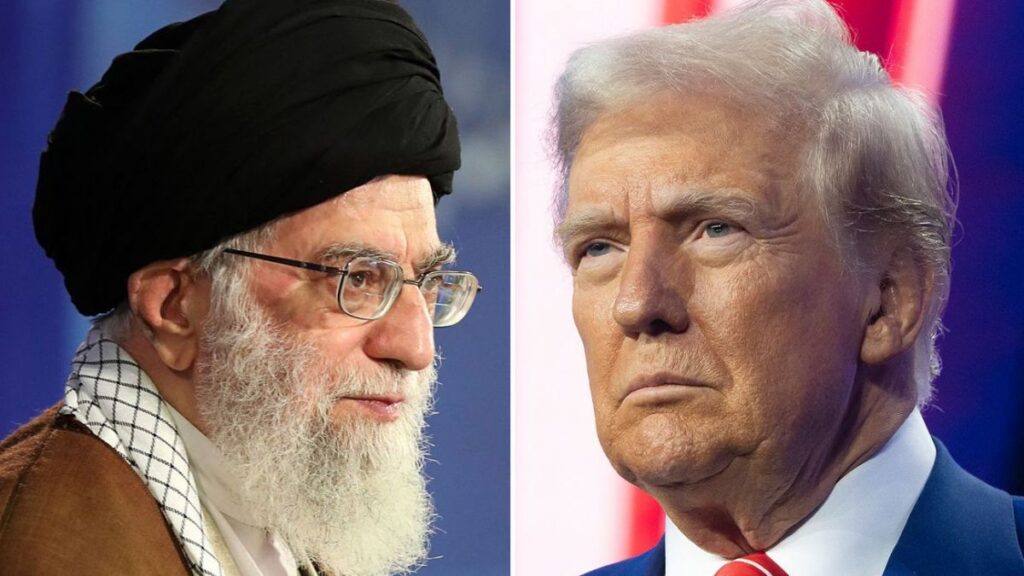Nuclear Deal a significant diplomatic development, the United States and Iran are edging closer to a new understanding over Tehran’s nuclear program. Expert-level delegations from both countries are scheduled to meet this week in Oman to work out the technical details of what could become a major international agreement. This marks one of the most promising moments in nuclear diplomacy between the two nations since the collapse of the 2015 Iran nuclear deal.
The planned expert-level meetings follow two earlier rounds of indirect talks between high-level diplomats—first in Muscat, and later in Rome. These meetings involved Iran’s Deputy Foreign Minister for Political Affairs, Ali Bagheri Kani, and the U.S. special envoy for Iran, Abram Paley. Although the previous discussions did not result in a formal agreement, they paved the way for deeper technical conversations aimed at rebuilding trust and reducing nuclear tensions.
Why Are These Talks Important?
The urgency surrounding the nuclear discussions comes amid rising concerns over Iran’s nuclear capabilities. Since the U.S. withdrew from the 2015 Joint Comprehensive Plan of Action (JCPOA) under President Donald Trump, Iran has gradually scaled back its compliance with the agreement. It has enriched uranium well beyond the levels permitted under the deal, raising fears that the country is inching closer to acquiring nuclear weapons capabilities—something Iran firmly denies.
Current U.S. President Joe Biden has expressed interest in returning to diplomacy, but efforts have been complicated by regional tensions, domestic politics in both countries, and Iran’s strengthening ties with non-Western powers like Russia and China.

Now, Oman—long known for its quiet diplomacy and trusted by both Washington and Tehran—is once again stepping into the role of mediator. The upcoming meetings will involve nuclear experts, legal advisers, and sanctions specialists. Their task will be to translate broad political ideas into concrete, verifiable commitments.
What Will Be Discussed in Oman?
According to sources familiar with the planning, the talks will revolve around three core issues:
- Nuclear Activity Limits: The U.S. wants Iran to freeze its uranium enrichment program at a lower purity level—ideally under 60%—and allow for more robust international inspections.
- Sanctions Relief: In return, Iran seeks the easing of crippling economic sanctions, particularly on its oil exports, banking sector, and access to frozen assets abroad.
- Prisoner Exchange Framework: While not the primary focus, ongoing discussions about humanitarian prisoner swaps may also be addressed.
Experts will also discuss technical verification methods to ensure compliance. That includes the return of inspectors from the International Atomic Energy Agency (IAEA), who have had limited access to Iranian facilities in recent years.
Regional and Global Stakeholders Watching Closely
Interestingly, this round of talks excludes direct involvement from European Union countries, who were part of the original JCPOA framework. France, Germany, and the United Kingdom have privately expressed concern about being sidelined, warning that a bilateral deal between Washington and Tehran might lack the comprehensive enforcement structure of the previous accord.
China, on the other hand, has emerged as a quiet supporter of Iran in recent years and is expected to be consulted during the process. Iranian Foreign Minister Hossein Amir-Abdollahian is reportedly planning a visit to Beijing soon to align positions and potentially secure Chinese backing for the new agreement.
Meanwhile, Gulf nations like Saudi Arabia and the United Arab Emirates are monitoring the negotiations carefully. Both countries have pushed for a more inclusive deal that would also address Iran’s ballistic missile program and regional influence—areas not covered under the original JCPOA.
Tight Deadlines and Rising Tensions
Adding pressure to the talks is a 60-day window reportedly set by U.S. leadership to achieve meaningful progress. American officials have warned that failure to make a breakthrough could result in renewed sanctions or even military pressure. This hardline stance is partly intended to satisfy critics in the U.S. Congress who believe diplomacy with Iran has been too lenient in the past.
Tensions in the region have already escalated over recent months, with suspected Iranian-backed militia activity in Iraq and Syria, attacks on commercial vessels, and heated exchanges between Israeli and Iranian forces. A successful nuclear agreement could help cool these flashpoints and provide a roadmap for broader Middle East security talks.
A Fragile but Real Opportunity
Despite the high stakes and complex history between the two nations, analysts see this moment as a rare and fragile opportunity for diplomacy to succeed. The return to dialogue, even if only at the expert level, shows a willingness on both sides to avoid further confrontation and find common ground.
The previous JCPOA agreement, signed in 2015, significantly limited Iran’s nuclear program in exchange for sanctions relief, but it faced strong opposition from conservative lawmakers in the U.S. and Iran. Its collapse in 2018 led to a rapid deterioration in relations. Now, any new deal—whether comprehensive or limited—will have to account for today’s vastly different political landscape.
What Happens Next?
The outcome of the Oman meetings will determine whether more senior-level negotiations can resume. If experts can agree on the technical framework, political leaders may reconvene to finalize and publicly announce the terms.
While expectations are cautious, the fact that both sides are back at the table—and are moving from political statements to detailed discussions—is an encouraging step forward.
Conclusion
The talks in Oman represent a possible turning point in U.S.-Iran relations. With technical experts now involved, there’s hope that a structured, verifiable path forward can emerge. A successful outcome would not only reduce the threat of nuclear conflict but also reopen diplomatic and economic opportunities in a region long plagued by instability.
As the world watches closely, the coming weeks could define the future of Middle East security and the global nuclear non-proliferation regime.



